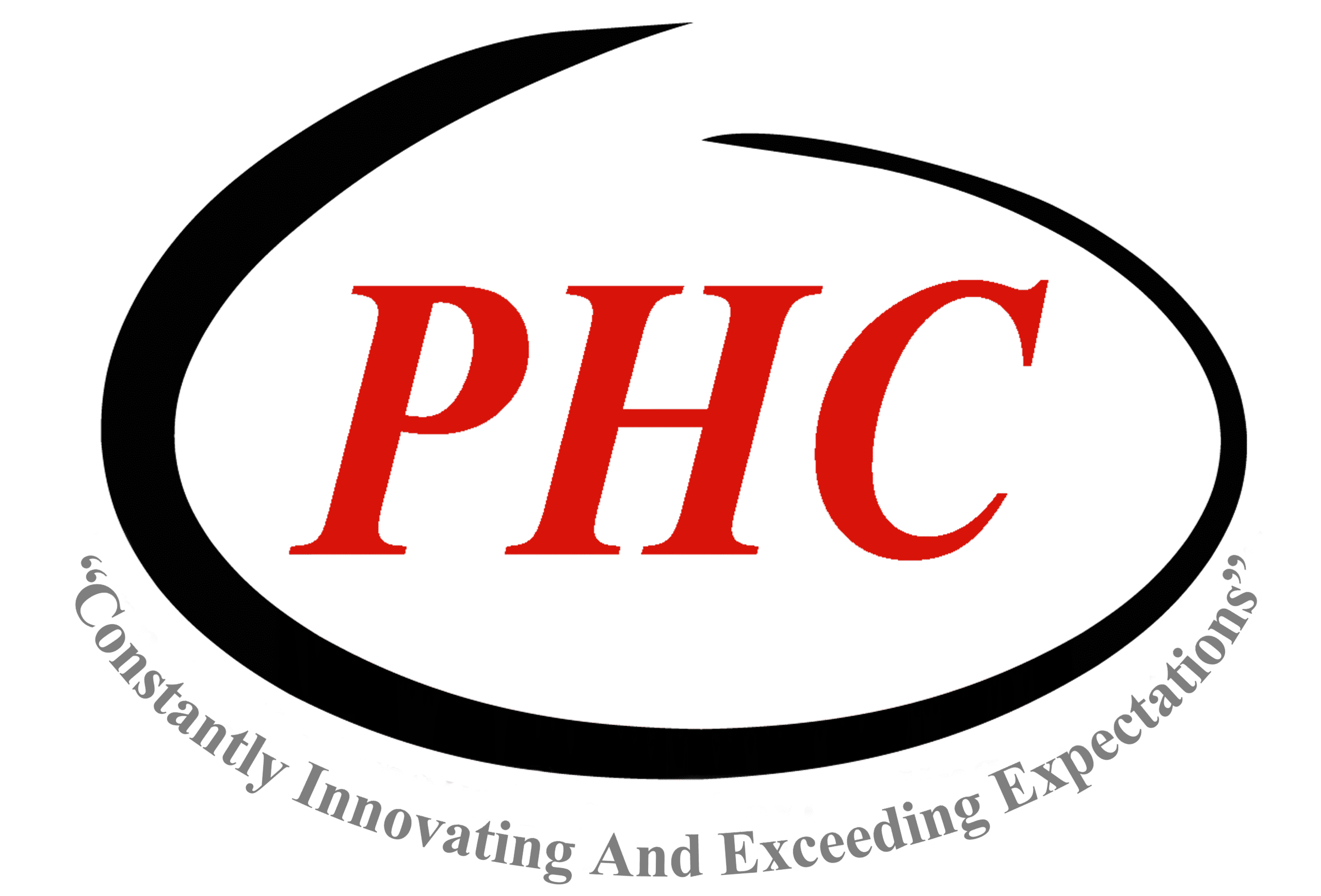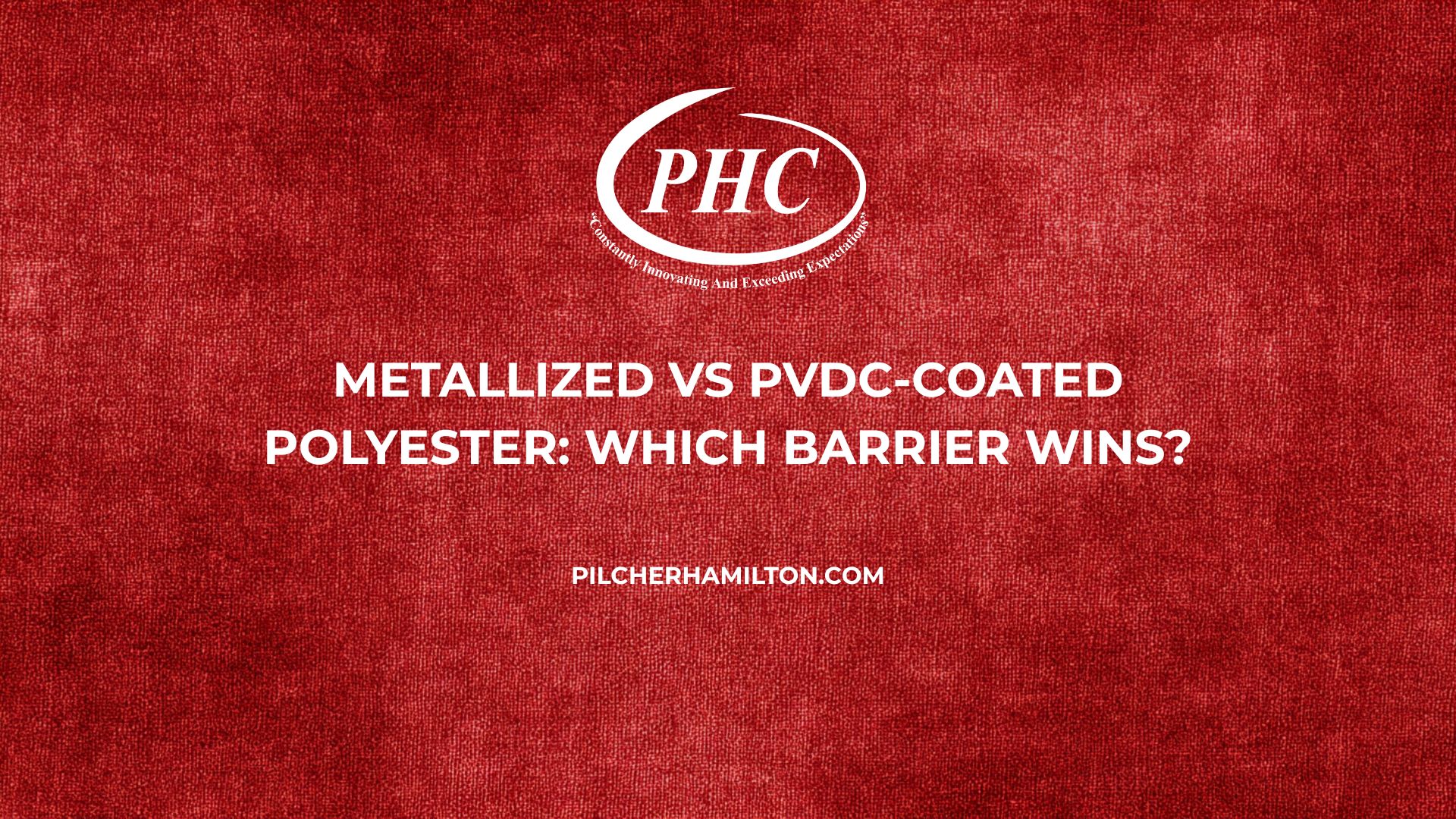When designers search “polyester near me” for barrier packaging, they often face a crucial choice: should the barrier come from vacuum‑deposited metal or a PVDC coating? Both metallized and PVDC‑coated polyester films build on the inherent strength and stability of biaxially oriented PET, but their oxygen and moisture barrier characteristics differ dramatically. OTR (oxygen transmission rate) measures how much oxygen permeates through a film at defined conditions, while WVTR (water vapor transmission rate) captures moisture permeability. A high‑barrier film typically has OTR below 1 cc/100 in²/24 hr; understanding these metrics helps buyers choose the right structure. This post demystifies metallized and PVDC‑coated PET so you can select a barrier film with confidence.
Key Takeaways
- Barrier performance differs – Metallized PET can deliver OTR values as low as 0.01–0.11 cc/100 in²/24 hr, while PVDC‑coated PET typically falls in the 0.30–0.50 range.
- Moisture barrier matters – WVTR for base PET is 16–20 g/m²/24 hr; PVDC coatings reduce this to around 4–8 g/m²/24 hr, whereas metallization can achieve <1 g/m²/24 hr.
- Optics vs cost – Metallized films offer metallic appearance and higher barrier but cannot be metal‑detected; PVDC retains clarity but has lower barrier.
- Sealability and processing – PVDC coatings provide wide heat‑seal windows; metallized films require lamination to seal layer.
- Application fit – Select metallized PET for snack and coffee pouches; choose PVDC PET for medical devices and retort packaging requiring transparency and moderate barrier.
Barrier Basics: OTR & WVTR
Barrier films are measured by two key tests. OTR quantifies the steady‑state rate at which oxygen gas permeates a film. Standard conditions are 73 °F (23 °C) and 0 % relative humidity. Materials with OTR <1 cc/100 in²/24 hr are considered high oxygen barriers. WVTR measures water vapor permeation at conditions such as 100 °F (37.8 °C) and 90 % RH. For oriented polyester, baseline WVTR is around 16–20 g/m²/24 hr at 1 mil thickness; thicker films or coatings reduce WVTR. When specifying barrier films, engineers compare these metrics to product sensitivity to moisture and oxygen.
Metallized PET: Strengths & Limits
Metallized polyester films are produced by vacuum‑depositing a thin aluminum layer onto PET. This metal layer blocks oxygen and moisture, reducing OTR to as low as 0.01–0.11 cc/100 in²/24 hr and WVTR to below 1 g/m²/24 hr. The film retains the dimensional stability and tensile strength of BOPET, but the metal layer adds opacity and a reflective appearance. Metallized PET is commonly used for snack pouches, coffee bags and metallized labels where barrier and shelf appeal matter. However, it cannot be detected by metal detectors and typically requires lamination to a sealable film layer. Conductive properties may also interfere with microwave or RF processes.
PVDC‑Coated PET: Strengths & Limits
PVDC (polyvinylidene chloride) is applied as a coating to PET to enhance barrier. A PVDC layer creates an OTR around 0.30–0.50 cc/100 in²/24 hr and reduces WVTR to roughly 4–8 g/m²/24 hr. Unlike metallization, PVDC coatings maintain film transparency, enabling visual inspection of contents and high‑quality printing. PVDC also offers excellent heat‑sealability with low seal initiation temperatures (around 220 °F/104 °C) and broad seal windows. However, PVDC may discolor over time at high temperatures and is sensitive to moisture during storage; barrier declines when the coating absorbs water.
Optics & Print Considerations
Metallized films provide a brilliant metallic sheen that enhances shelf presence; they are ideal for coffee packaging, candy wrappers and metallic labels. Because the metal layer blocks light, graphics must be printed on a separate layer or via reverse printing. In contrast, PVDC‑coated PET maintains the inherent clarity of polyester, allowing direct surface or reverse printing with consistent color fidelity. For applications requiring product visibility or transparent windows, PVDC is the obvious choice.
Sealing Windows & Lamination
Sealability is key for converting efficiency. Metallized PET requires lamination to a sealable substrate such as CPP or sealable PET; the metal layer itself does not heat‑seal. PVDC coatings provide broad seal windows, typically from 220–300 °F (104–149 °C), making them suitable for horizontal form‑fill‑seal lines. PVDC also improves hot tack strength, ensuring seals remain intact during package handling. When laminating, consider that PVDC may require solvent‑based adhesives for optimal bond strength.
Compliance & Selection Matrix
High‑barrier packaging used in food and pharma must meet regulatory and sustainability requirements. Metallized PET is generally recyclable as long as the metal layer constitutes less than 5 % of total weight. PVDC coatings can hinder recyclability and may require take‑back programs. For regulated pharma or medical packaging, PVDC’s clarity and known performance under sterilization may outweigh recyclability concerns. The selection matrix below summarizes key metrics:
| Film Type | OTR (cc/100 in²/24 hr) | WVTR (g/m²/24 hr) | Optics | Sealability | Typical Uses |
| Base PET (1 mil) | 2 – 6 | 16 – 20 | Clear | Requires laminate | Labels, printing substrates |
| Metallized PET | 0.01 – 0.11 | <1 | Metallic | Requires laminate | Coffee bags, snack packs |
| PVDC‑coated PET | 0.30 – 0.50 | 4 – 8 | Transparent | Self‑sealing | Medical devices, dry foods |
FAQ
What are OTR and WVTR? OTR measures oxygen permeation through a film, while WVTR measures water vapor permeation. Lower values indicate better barrier performance.
Which has higher barrier—metallized or PVDC‑coated PET? Metallized PET generally provides the lowest OTR and WVTR values and is considered the highest barrier. PVDC‑coated PET offers moderate barrier with optical clarity and ease of sealing.
Can metallized films be microwaved? No. The metal layer reflects microwaves and can cause sparking; metallized packaging should not be used in microwave ovens.
Does PVDC affect recyclability? Yes. PVDC coatings can complicate recycling because they are not compatible with PET recycling streams. Metallized PET is more easily recycled when metal thickness is low.
Where can I find polyester near me with high barrier properties? PHC’s Greer facility stocks metallized and PVDC‑coated polyester films for food and pharma. Contact us to discuss which barrier film suits your application.
Call to Action
Selecting the right barrier is crucial to product shelf life and consumer satisfaction. Whether you need high‑barrier metallized film for gourmet coffee or transparent PVDC‑coated film for medical devices, Pilcher Hamilton Corporation can help. Our specialists will evaluate your product’s sensitivity to oxygen and moisture, recommend appropriate gauges and provide samples. Explore our metallized films and PVDC-coated films pages, or contact us through our locations page to connect with a local expert. Make polyester near me a reality by partnering with PHC.
Serving the USA from Greer – South carolina
850 South Buncombe Road
Greer – South carolina
For barrier film consultations, visit our contact page or explore all locations

